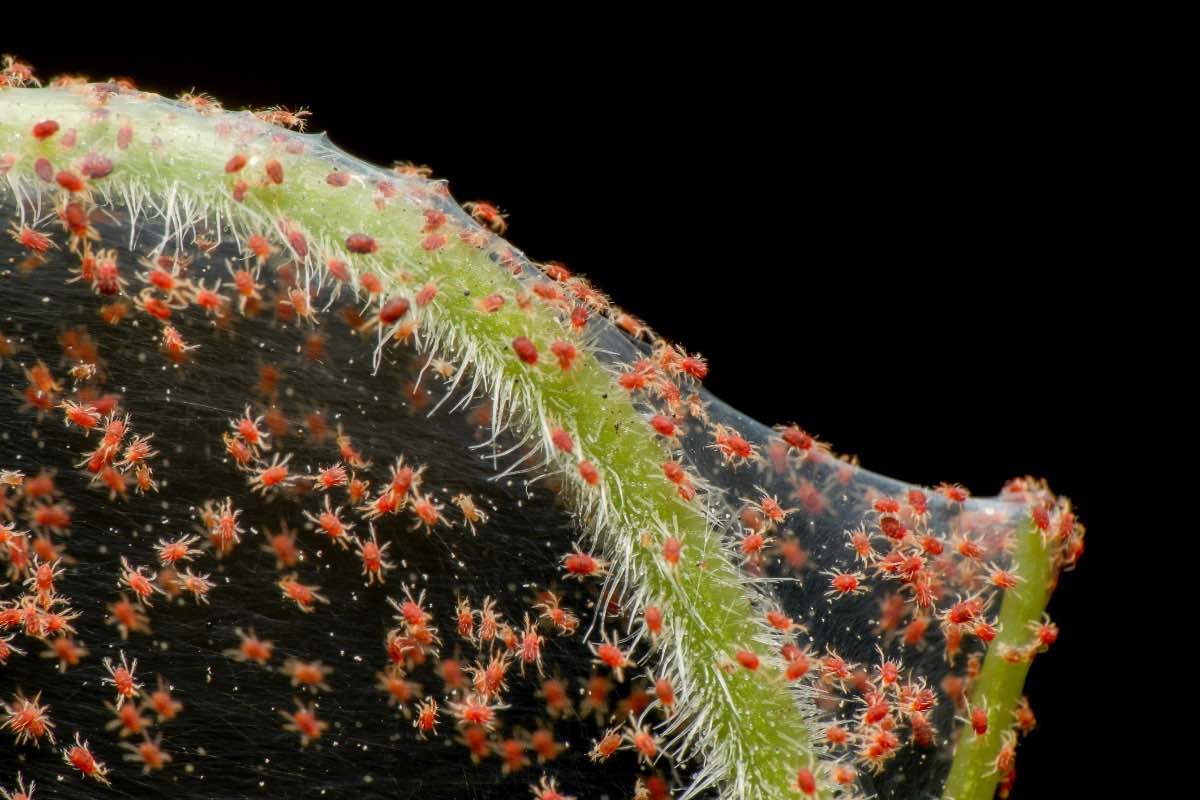Common Houseplant Pests
Houseplants are a great way to brighten up your home and bring a touch of nature indoors. However, keeping houseplants healthy can be a challenge, especially when it comes to dealing with pests. In this blog post, we will discuss some of the most common houseplant pests and how to identify and treat them.
Spider Mites
Spider mites are tiny arachnids that feed on the sap of houseplants. They are difficult to see with the naked eye, but their presence can be identified by the appearance of fine webbing on the leaves and stems of plants. Infected plants may also exhibit yellow or white speckling on the leaves. To treat spider mites, wash the leaves of the plant with a solution of water and dish soap, being sure to get the undersides of the leaves where the mites tend to congregate. Repeat this treatment every few days until the infestation is under control.
Mealybugs
Mealybugs are small, soft-bodied insects that feed on the sap of houseplants. They are characterized by their white, cottony appearance and can often be found in the crevices of leaves and stems. Infected plants may exhibit yellowing or wilting leaves. To treat mealybugs, remove them manually with a cotton swab dipped in rubbing alcohol. You can also spray the plant with a solution of water and dish soap, being sure to get the undersides of the leaves where the bugs tend to congregate. Repeat this treatment every few days until the infestation is under control.
Fungus Gnats
Fungus gnats are small, black flies that are attracted to the moist soil of houseplants. They lay their eggs in the soil, and the larvae feed on the roots of the plant. Infected plants may exhibit yellowing or wilting leaves, and the soil may have a sour odor. To treat fungus gnats, allow the soil to dry out between waterings and remove any standing water in the plant's saucer. You can also use sticky traps to catch the adult gnats and sprinkle a layer of sand on the surface of the soil to deter the larvae.
Conclusion
Dealing with pests can be a frustrating experience for any plant parent, but with a little patience and persistence, it is possible to keep your houseplants healthy and pest-free. By learning to identify common houseplant pests and taking proactive measures to prevent and treat infestations, you can enjoy the beauty and benefits of indoor gardening for years to come.



